By David Curtis Skaggs
When most Americans think of the triumphant ending of the Revolutionary War, they almost exclusively credit George Washington for the miraculous outcome, forgetting that the war was part of a much larger worldwide contest of which the revolution in the colonies was only a part. At the center of the global struggle was France, and its strategic objectives and force structure allocation were critical factors in the eventual American triumph. Seldom has there been a more telling example of strategic policy decisions of one nation so positively affecting the well-being of another than those made by the French government in the winter of 1780-1781. The French decisions epitomize the strategic level of warfare where the integration of political, economic, diplomatic, and military power is effectively coordinated to achieve both national and allied objectives.
The “Second” Hundred Year’s War
Europeans often see the American Revolution as one phase in a second Hundred Years’ War among France, Great Britain, and various allies. French diplomacy had secured Spain as an ally because the Bourbon powers saw the American revolt as an opportunity to repay “perfidious Albion” for earlier Spanish military defeats and diplomatic humiliation. With the British occupied with a rebellion in North America, the time seemed right for Britain’s European enemies to strike. For the first time in memory, Britain was without a continental ally, and, consequently, belligerent European states could devote military resources to attacking the British Isles or His Majesty’s possessions around the globe. Defense of their respective homelands was deemed unnecessary, given the overextension of British forces from the North Sea to the Ganges River.
If the British were stretched thin, the Franco-Spanish alliance of 1779 nevertheless proved ineffective in achieving its military and diplomatic goals. In particular, the alliance required the French to assist in the restoration of Minorca and Gibraltar to Spain. An attempted invasion of the British homeland in 1779 ended in failure, but its possible renewal compelled the Royal Navy to station ships to protect the home islands. The long siege of Gibraltar began in 1779, and its continuance forced the British to send reinforcements and supplies by naval escort that might have been better utilized elsewhere. The next year, the Spanish sent ships and soldiers to Cuba, and the governor of Louisiana cleared the lower Mississippi Valley of British loyalists and cast his eyes toward Pensacola, the capital of British East Florida. Meanwhile, the French sent 5,000 soldiers and a small squadron of ships to Newport, Rhode Island, and ordered elements of their West Indian fleet to the North American coast.
By the winter of 1780-1781, all these efforts had achieved little of lasting significance. Instead, the war in America seemed about to collapse. British forces occupied New York City and much of South Carolina and Georgia, British raiding parties operated with impunity in Virginia’s James River Valley and the newly settled lands of Kentucky, and Maj. Gen. Benedict Arnold went over to the enemy. At the same time, mutinies erupted among some Continental Army regiments, the American economy verged on imploding, and the Franco-American Alliance of 1778 brought repeated military and naval disappointments.
Vergennes and Maurepas
At the center of the struggles for French power, office, and influence were two men—Charles Gravier, comte de Vergennes, the foreign minister for Louis XVI, and Jean Frédéric Phélypeaux, comte de Maurepas, chief councilor to the king. The pair lived above the royal apartments at Versailles and had conferences almost daily with the monarch. They championed the government’s support of the American revolt and conspired to eliminate ministers who opposed it, especially Anne Robert Jacques Turgot, comptroller-general of finances, who opposed the effort on economic grounds. Maurepas wavered in his support of the war in the summer of 1780 and discussed with the director general of the treasury, Jacques Necker, opening direct negotiations with the British. Only constant pleading by Vergennes kept the king from suing for peace.
Vergennes realized that a dramatic change in the diplomatic and military situation was necessary if his country was going to remain at war with the British. In 1780, he secured two diplomatic victories that changed the military calculus. The British had hoped to bring Russia into the war on their side, but instead, Catherine the Great refused all such offers and worked to create a League of Armed Neutrality to safeguard the principle of free ships and free goods. For the British, the league was a minor irritant compared to the Netherlands. As a neutral state, the Dutch profited from trade with the belligerents, especially through their tiny West Indian outpost at St. Eustatius, a port that by 1780 had become the most active entrepôt in the Western Hemisphere. Moreover, the possibility that the Dutch would join the Prussians, Swedes, Danes, and Russians in the league posed a grave threat to the British, who declared war against the Netherlands in December 1780. The need to counter the Dutch fleet required the diversion of British ships to the North Sea, further weakening Royal Navy efforts in North America.
Vergennes enjoyed his diplomatic achievements. Between 1778 and 1780, he drew Spain and the Netherlands into direct combat with the British and assisted in the creation of a new armed-convoy system of neutral shipping nations to supply the military and commercial needs of the belligerent states. His biggest problem was that each of the nations had its own national interests, and only France was actively supporting the American rebellion. Vergennes’s problems increased in November 1780, when Empress Maria Theresa of Austria died unexpectedly and the Hapsburg crown passed to her unpredictable son, Joseph, whose ascension might disrupt the diplomatic peace in Europe.
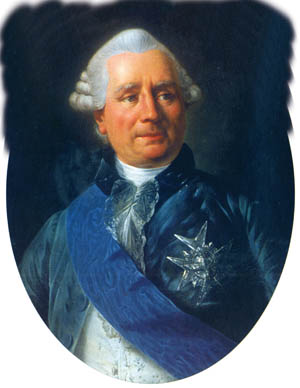
The War in Versailles
Meanwhile, intrigues increased among the politically prominent and ambitious at Versailles. As with all such palace infighting throughout history, the French intrigue created a team of diverse rivals who combined to forge an effective and coordinated allied strategy. Notwithstanding the foreign minister’s diplomatic triumphs, in the fall of 1780 Lt. Gen. Charles, marquis de Castries, a protégée of Vergennes’s palace rival Jacques Necker, was named naval minister; and Castries’s friend, Lt. Gen. Philippe Henri, the marquis de Ségur, became minister of war. In spite of their personal and political rivalries, Vergennes, Castries, and Ségur proved an effective strategic team for the French resurgence in the year that followed.
Both the new French naval and war ministers were veterans of coalition warfare in the Seven Years’ War, and they immediately sought to coordinate their efforts with the Spanish. The man synchronizing the delicate negotiations between Paris and Madrid was Armand Marc, comte de Montmorin, the French ambassador to the Spanish court. The Spanish desired the war effort to concentrate in Europe—besieging Gibraltar, attacking Minorca, and invading England. Spain opposed the independence of the United States and saw such an outcome as a threat to its own American empire. Montmorin, on the other hand, felt that American independence was more important to the French than the achievement of Spain’s objectives. In a brilliant memorandum to Vergennes in October 1780, he suggested that the war effort focus on the American theater—North America and the West Indies. There, he urged, blows might be struck that could keep the Americans in the war and force major British concessions. Castries and Ségur agreed and began to concentrate their combined strategy on the American theater and the Caribbean Sea.
While Vergennes and Montmorin began persuading the Spanish to cancel any invasion of the British Isles and to postpone the Franco-Spanish attack on Gibraltar, the naval and war ministers began reformulating operational plans and selecting commanders for the 1781 campaigns. Aside from Europe, there were three principal theaters of the war—North America, the West Indies, and the Indian Ocean. With regard to the first, Ségur decided not to reinforce General Jean-Baptiste Donatien de Vimeur, comte de Rochambeau, in Newport; instead, he would send more ground troops to the West Indies. Castries determined to send fleets to both the Indian Ocean and the West Indies, with the latter supporting the Franco-American effort along the North American coast during the Caribbean hurricane season. The major West Indian objective was the British island of Jamaica, which Franco-Spanish fleets and armies were to attack as soon as possible. In Europe, the Gibraltar siege continued, and the Spanish undertook an invasion of Minorca that eventually succeeded.
An Aggressive Navy with Operational Freedom
Ségur kept in place his two principal commanders in the New World, Rochambeau in North America and Martinique governor-general Francois-Claude-Armour, marquis de Bouillé, in the West Indies. At the same time, Castries decided to replace his overly cautious naval commanders with more aggressive ones. These commanders would have to carry out the allies’ strategic policies for at least two years, and thus they had to be men of experience, courage, determination, imagination, and decisiveness.
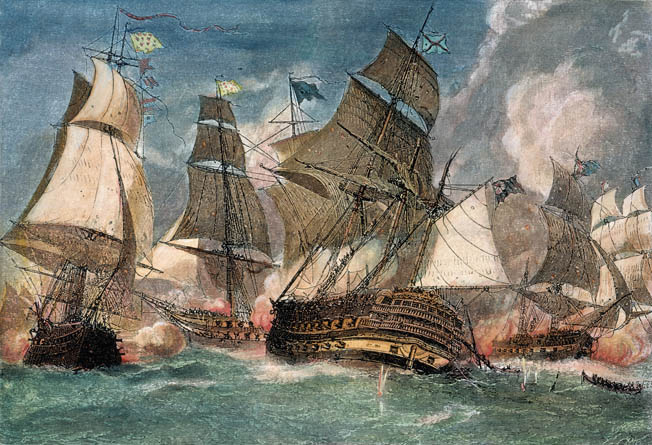
The naval minister went down the list of potential candidates and chose two men who complained heartily of their former commanders’ timidity. For the Indian Ocean command he chose Commodore Bailli Pierre-André de Suffren de Saint-Tropez, who would become the most famous French admiral of the 18th century. For the American theater the choice fell on Commodore François-Joseph-Paul, comte de Grasse, whom Castries appointed to the temporary rank of rear admiral. Finally, to replaced the recently deceased commander of the Rhode Island squadron, Castries named Commodore Jacques Melchoir Saint-Laurent, comte de Barras. Because Barras was senior to Grasse as a commodore, the subordinate assignment portended a personality clash that the two men somehow avoided. Their disinterested cooperation contributed significantly to the outcome of the Yorktown campaign.
The Strategy in Practice
Nothing indicates the operational latitude Castries allowed his subordinates better than a memorandum he wrote on February 14, 1781, to the French council of state. In it he declared that it was “appropriate to extend the powers of [theater] commanders, not to limit them at all, and to leave them the masters” of their activities in the New World to include operations in “North America in order to second the enterprises which the Americans wish to form.” As spring began in France, Castries left Paris for Brest and soon received notice from Vergennes that the British home fleet had sailed to relieve Gibraltar. This meant the French combined fleets could sail for the Indian Ocean and the Western Hemisphere without opposition.
While Jamaica remained Grasse’s highest priority, Castries gave him full latitude to utilize his forces “according to the needs, and circumstances of our allies, and knowledge he would have of the enemy.” Few men have received wider operational liberty than Grasse received from the naval minister. At the same time, Castries wrote to Rochambeau that Grasse was “master of his movements, with authority to unite or separate his forces. I trust he may control the American coasts for some time to come, and that he may cooperate with you if you are preparing any enterprise in the North.” In a confidential message carried to Newport by Barras, Grasse told Rochambeau that he would come north in July or August. The French admiral needed a location where his force might be most effectively utilized.
On March 22, 1781, the two fleets of Grasse and Suffren sailed from Brest for destinations in the West Indies and the Indian Ocean with 26 ships of the line, eight smaller warships, and 126 merchantmen and troop transports. Meeting no Royal Navy opposition, they soon separated, and the fast frigate Concord left Grasse’s fleet for Newport with Barras and the two letters on board.
Eventually, Suffren would fight four battles with the Royal Navy in the Indian Ocean and eventually return a hero in the eyes of his countrymen. Meanwhile, Grasse and Barras would meet that fall at the mouth of the Chesapeake and assist the Franco-American armies in securing the surrender of the Yorktown garrison of British commander Charles Lord Cornwallis. Unfairly, perhaps, the sophisticated global strategic planning employed by Vergennes, Ségur, and Castries, which underlay the ultimate victory, has been more or less forgotten. But its effects live on. Their combined efforts helped make October 17, 1781, a memorable date indeed—the day when Cornwallis’s proud British army marched out to surrender and thereby ensured the independence of the United States.
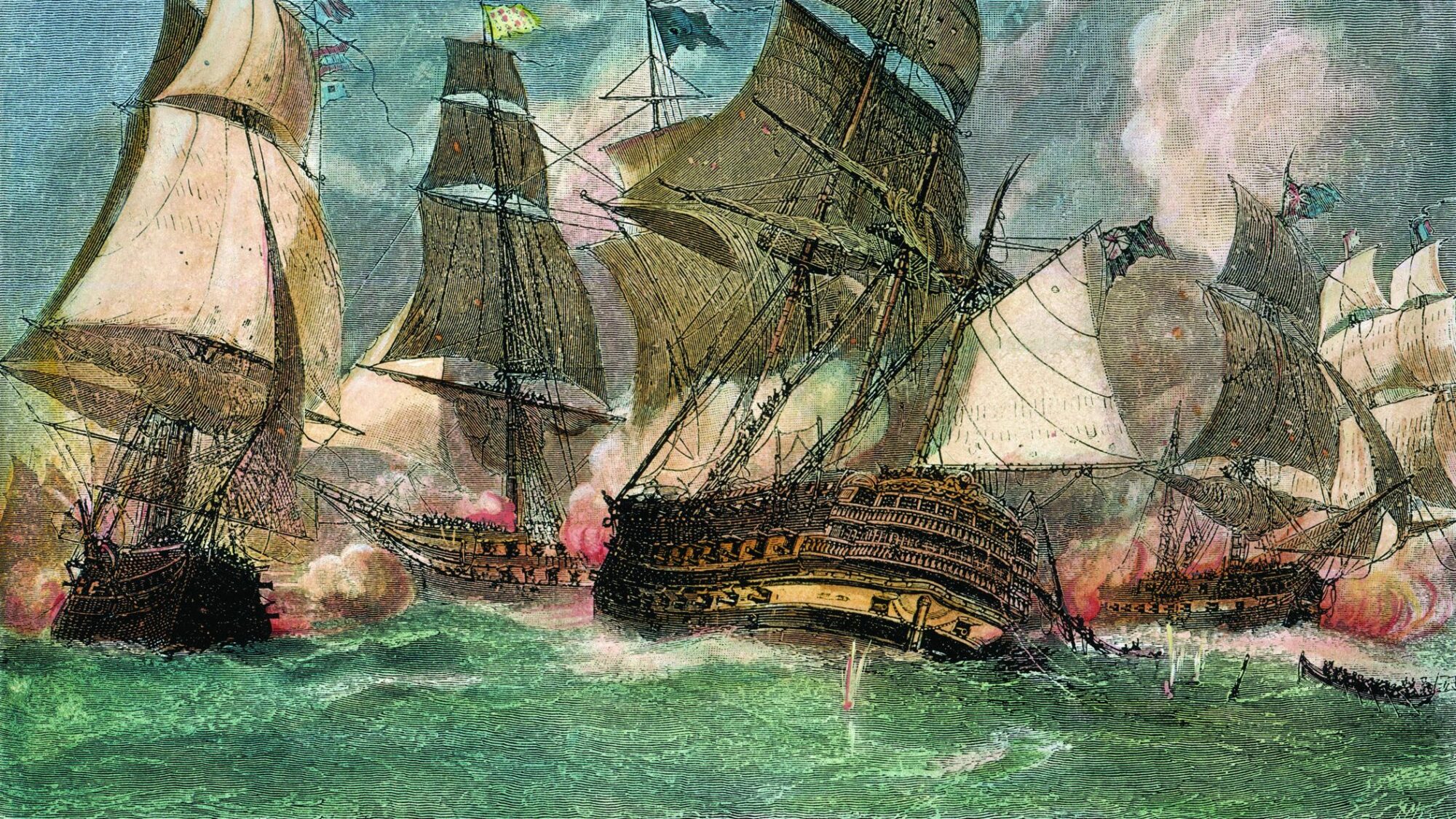
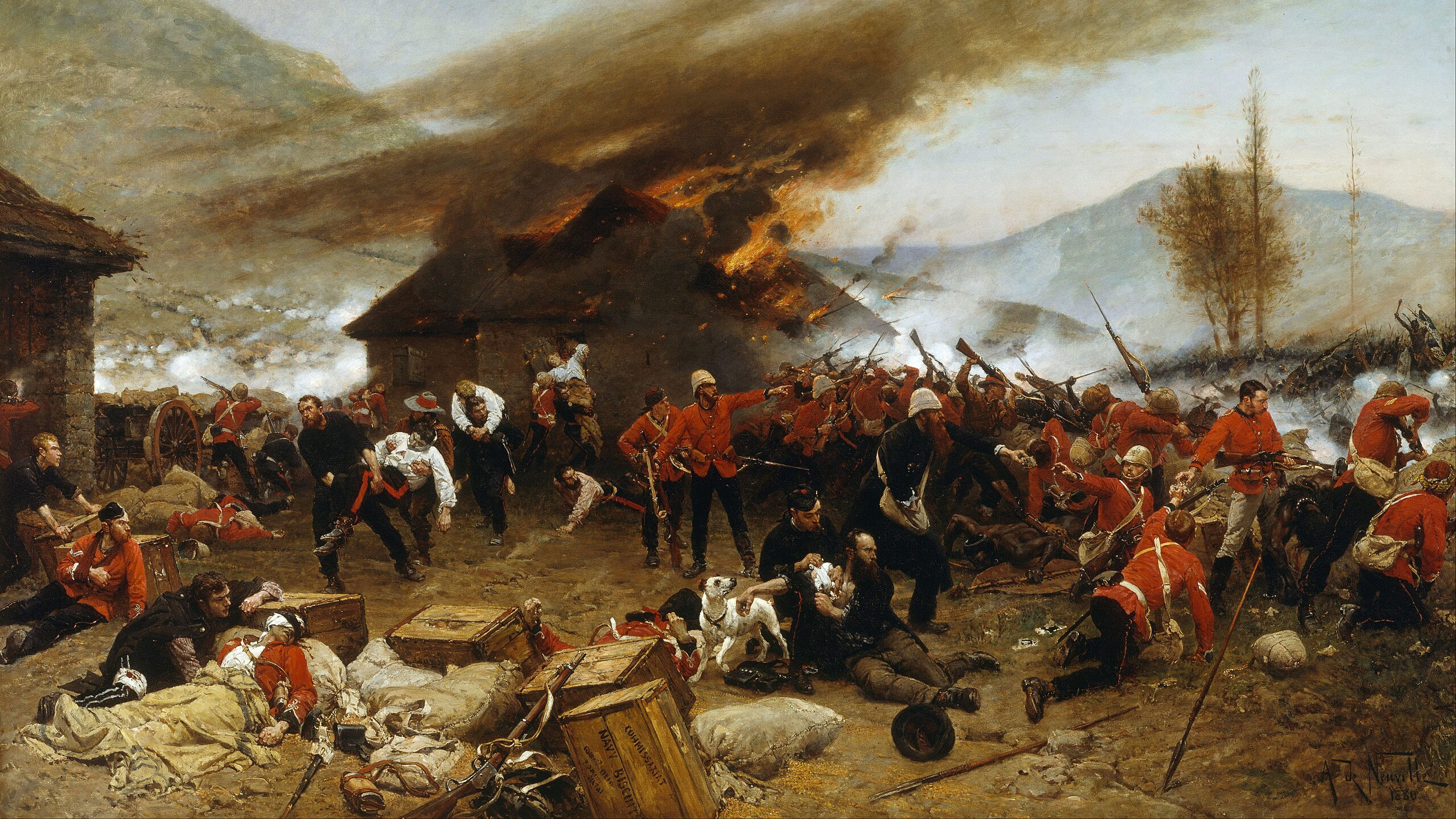
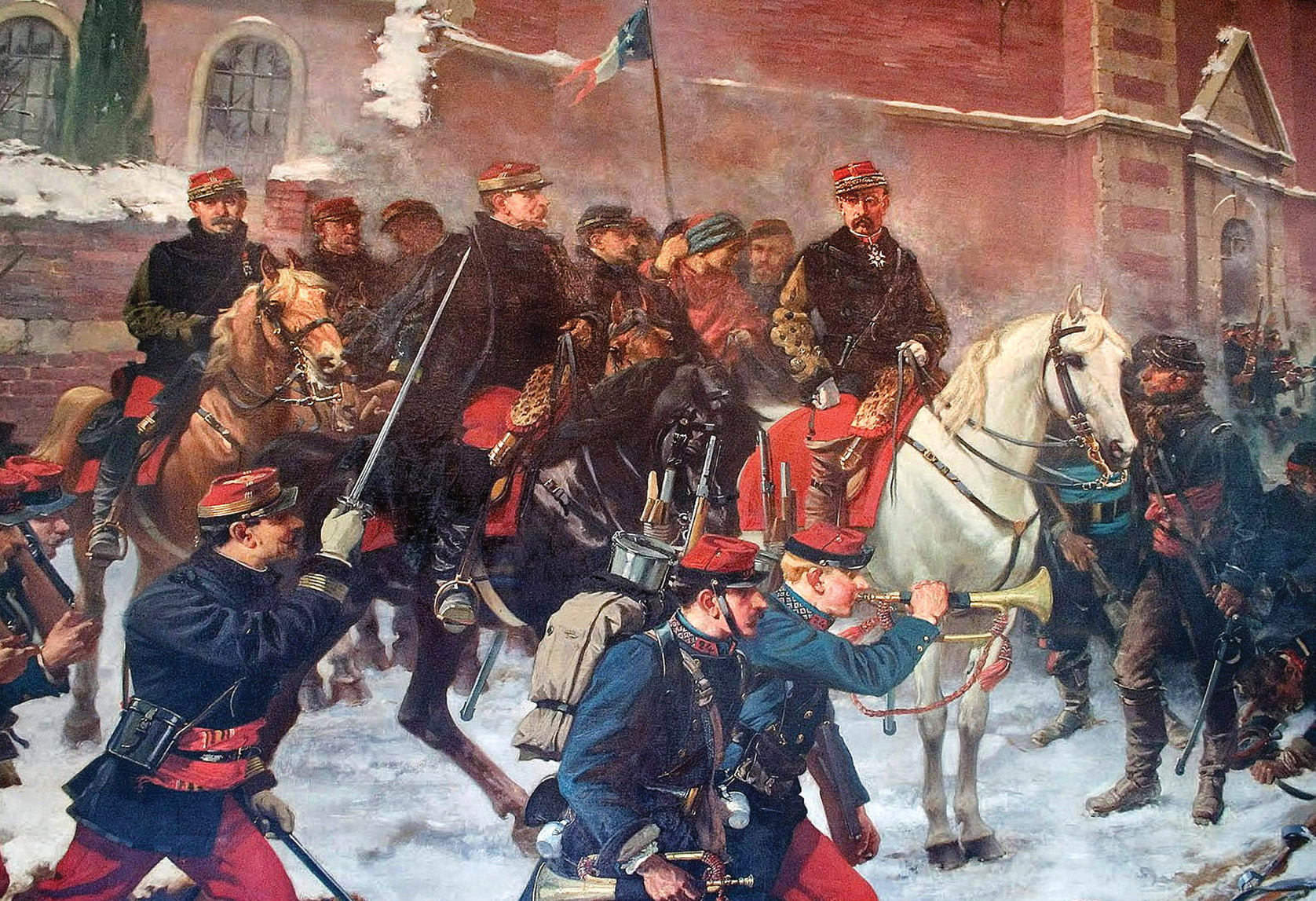


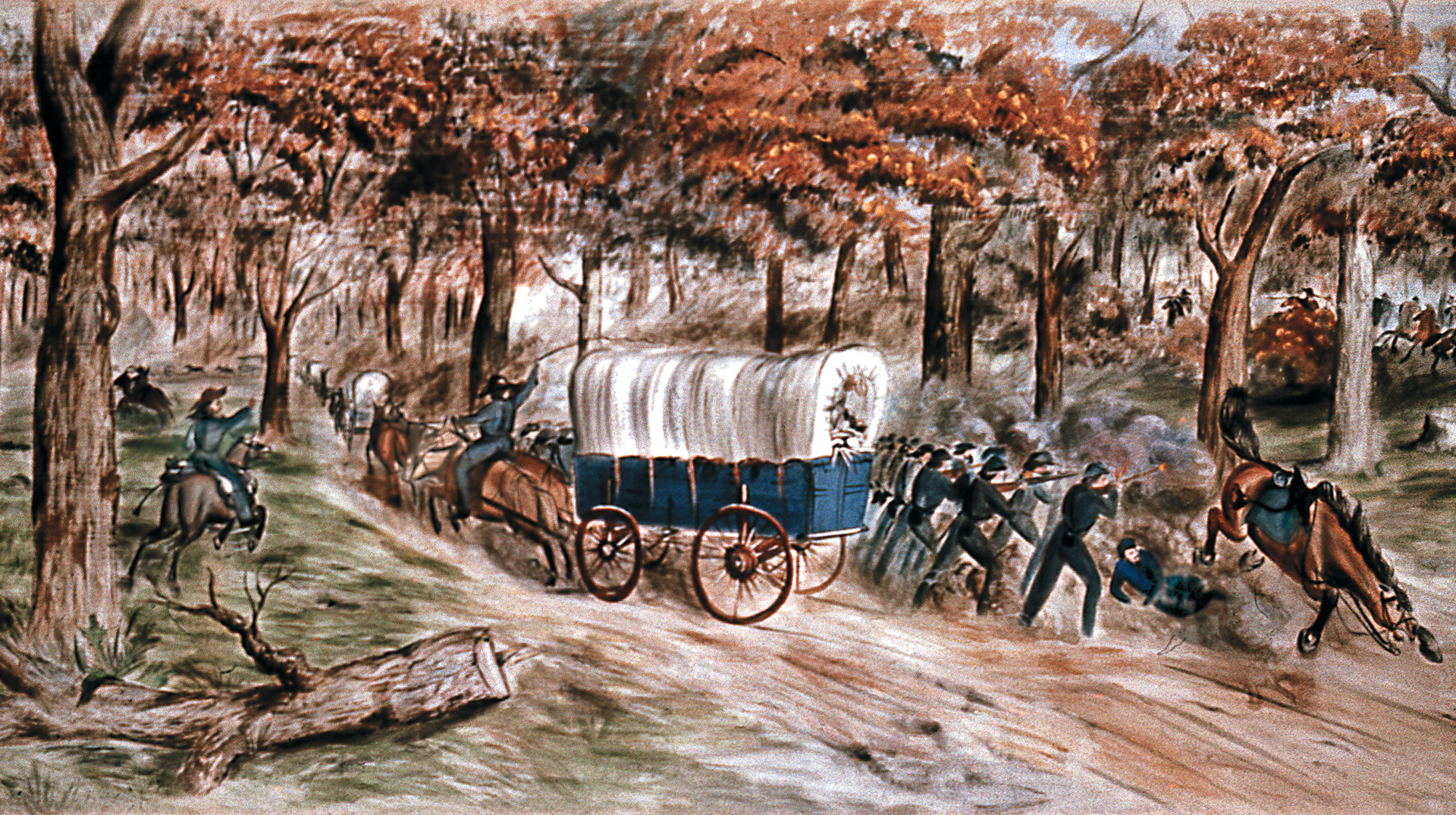
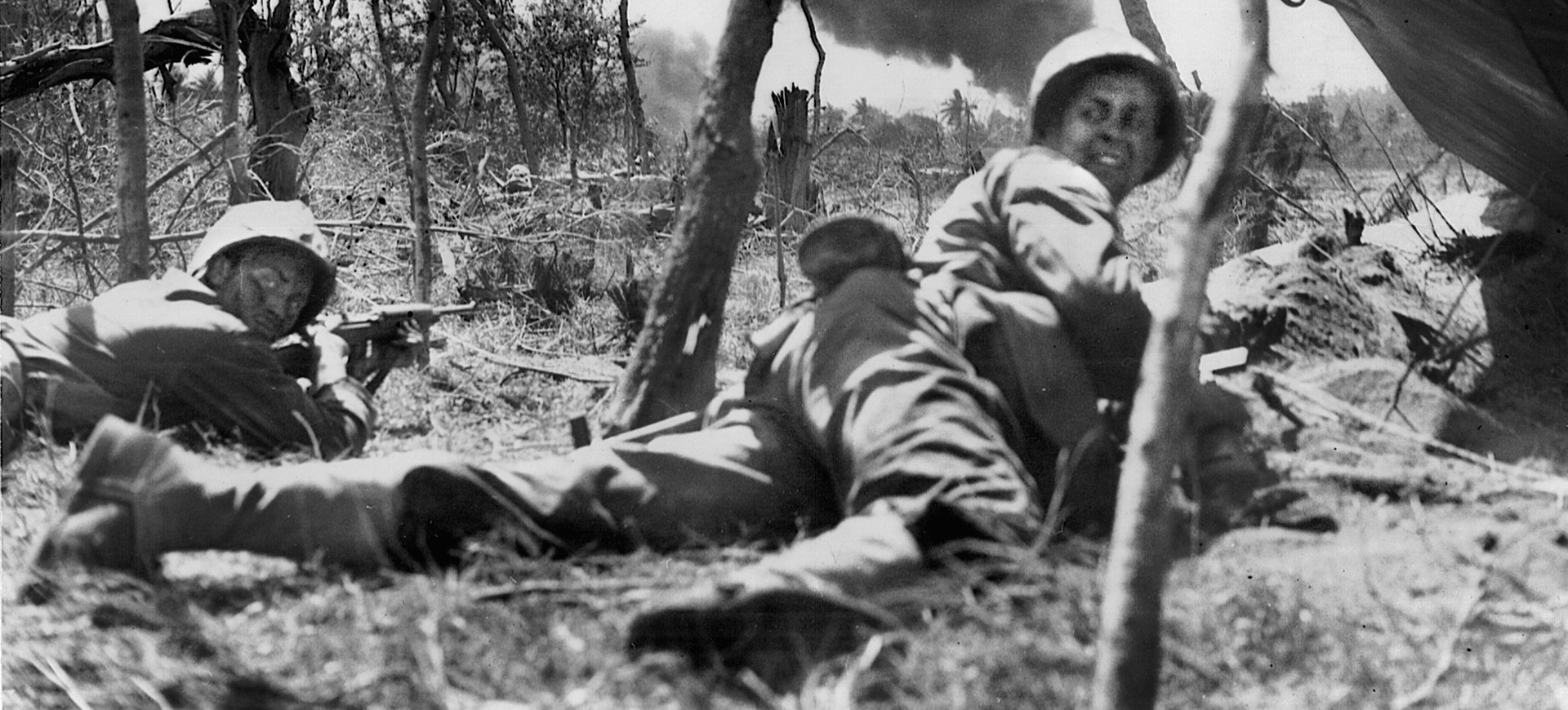
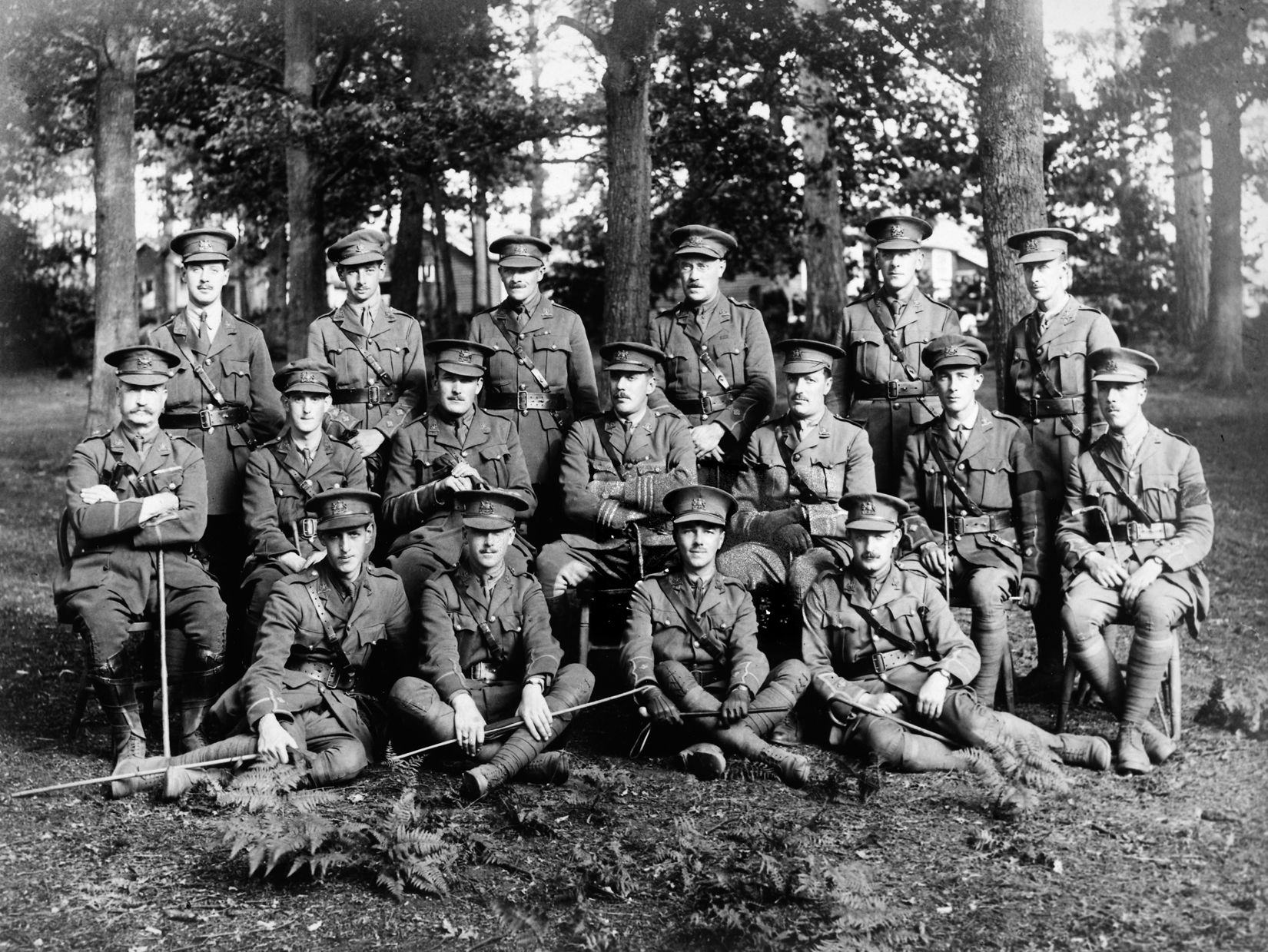
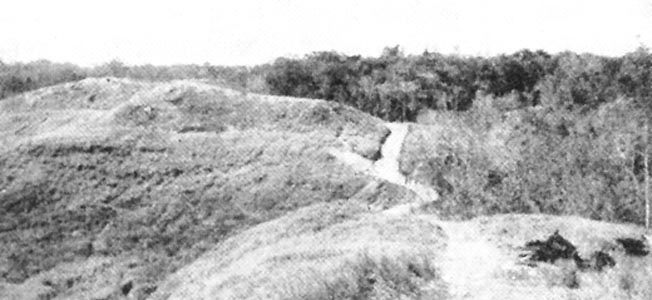
In its own day, the American Revolution was the first world-wide war. The British finally gave up in North America partly because they were going broke fighting us, the French, and the Spanish all around the globe.
Also, the War of 1812 can be considered phase 2 of the Revolution. Britain took a break to grow more soldiers, goaded us into a conflict, and almost succeeded the second time.